In the increasingly competitive UK hospitality market, marketing budgets are under more scrutiny than ever. With rising guest expectations, shifting booking behaviours, and digital transformation changing how hotels connect with their audiences, hoteliers must make data-backed decisions. That means more than just launching campaigns; it means being able to measure, evaluate, and optimize them to maximize marketing and ROI.
Whether you’re working with a top hotel marketing agency or handling campaigns in-house, understanding ROI in digital marketing is critical. This guide delves into the core performance metrics that every UK hotelier must monitor and how these KPIs directly impact profitability.
Why measuring marketing ROI matters
Marketing and ROI go hand-in-hand when strategizing for long-term hotel success. The days of intuition-led marketing are gone. Today’s hospitality industry requires precision, backed by numbers. Accurately calculating marketing ROI enables hoteliers to:
- Allocate budgets effectively to high-performing channels
- Reduce wasted ad spend
- Improve marketing alignment with business goals
- Demonstrate the value of campaigns to stakeholders
- Benchmark success against industry standards
More importantly, ROI helps hoteliers focus on what’s actually working, whether it’s digital marketing for hotels through Google Ads, influencer partnerships, SEO, or content creation.
Understanding the basics of ROI and ROAS in hotel marketing
Before diving into specific metrics, it’s important to clarify two essential concepts:
What is ROI in digital marketing?
ROI (Return on Investment) is the ratio of net profit to the total cost of marketing. It tells you how much return you generated for every pound spent. In simple terms:
ROI = (Revenue – Cost of Marketing) / Cost of Marketing × 100
A positive ROI indicates your campaigns are delivering more than they cost, while a negative ROI signals a need to reassess.
ROAS meaning in marketing
ROAS (Return on Ad Spend) is a narrower metric that specifically measures revenue from paid advertising campaigns. It’s calculated as:
ROAS = Revenue from Ads / Cost of Ads
For example, if you spend £1,000 on Facebook Ads and generate £4,000 in bookings, your ROAS is 4:1, or 400%. Knowing your ROAS helps assess individual campaign efficiency within your broader marketing and hospitality strategy.
Key metrics every hotelier should track
1. Occupancy Rate (OR)
- What it is: The percentage of available rooms that are occupied over a given period.
- Why it matters: Indicates demand levels and effectiveness of promotional campaigns. A rising OR often signals strong brand visibility and successful seasonal targeting. This foundational KPI reflects demand and marketing impact. A healthy OR (70–80% or more) often results from effective campaigns and seasonal promotions.
- How to use it: Track occupancy by source, e.g., direct bookings, OTAs, or digital ads, to optimize channel strategy.
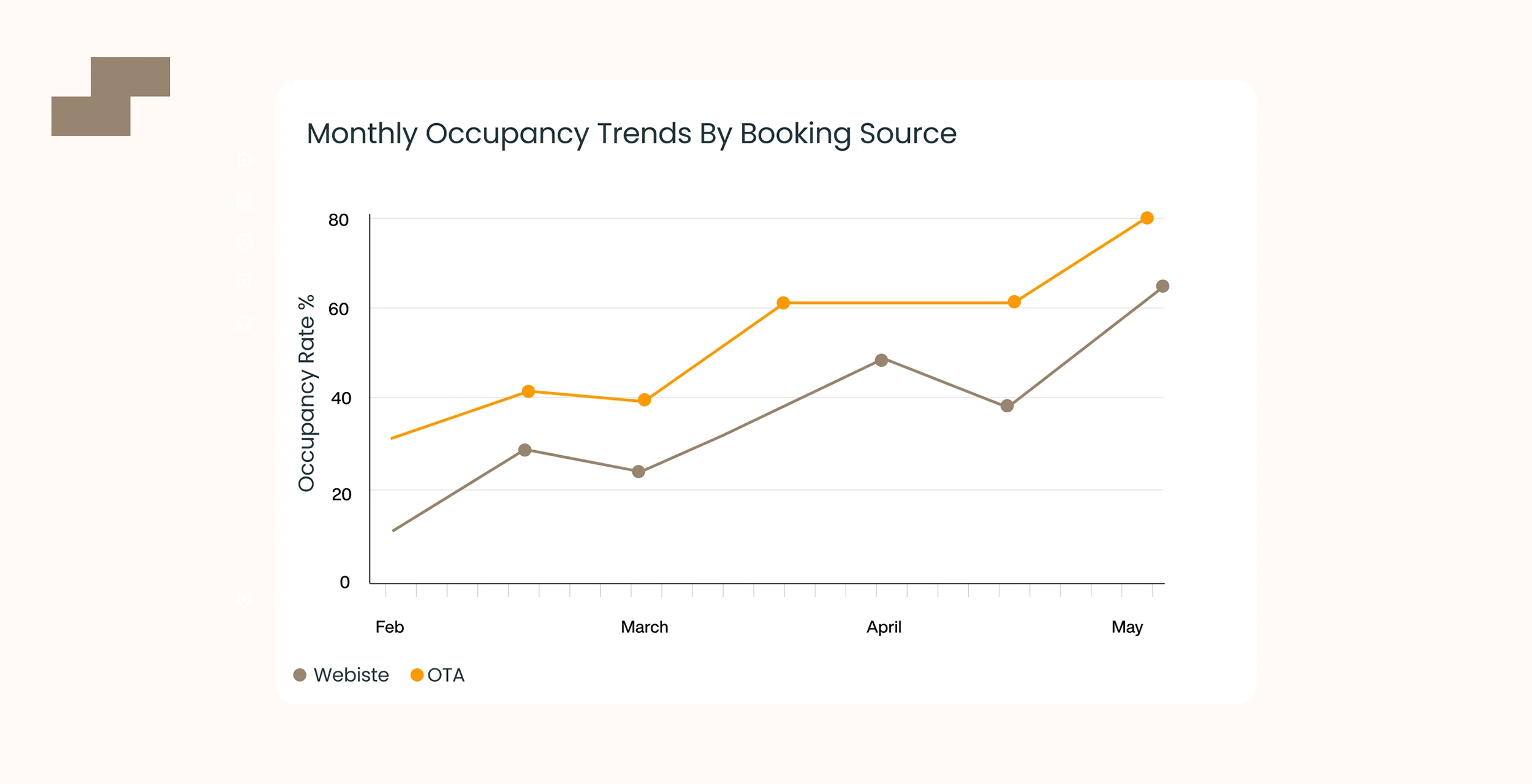
2. Average Daily Rate (ADR)
- What it is: The average rate paid per occupied room.
- Why it matters: A high ADR signals successful pricing strategies and upselling. Helps hoteliers assess how well pricing and upselling strategies are working. ADR is vital for luxury and boutique properties looking to elevate their positioning. Digital efforts like targeting premium guests through email or retargeting ads often influence ADR.
- How to improve it: Use dynamic pricing, upsell packages via personalized emails, and invest in digital marketing for hotels that emphasize value-added experiences.
3. Revenue Per Available Room (RevPAR)
- What it is: ADR × Occupancy Rate = RevPAR.
- Why it matters: It’s the “north star” of hotel performance, combining occupancy and price power. RevPAR offers a holistic snapshot, merging occupancy with pricing efficiency, an essential benchmark in marketing and hospitality planning.
- How to use it: Track RevPAR by campaign. If a marketing channel boosts RevPAR, it’s worth additional budget.
4. Customer Acquisition Cost (CAC)
- What it is: Total marketing spend divided by the number of new customers.
- Why it matters: Understanding CAC ensures you’re not overspending to gain bookings. A high CAC may require reallocation of ad budgets or a reassessment of campaign content. Lower CAC means higher ROI. Over time, knowing CAC by source (social media, email, SEO) helps prioritize profitable channels.
- How to calculate marketing ROI using CAC:
ROI = (Lifetime Value – CAC) / CAC × 100
For UK hoteliers, reducing CAC by optimizing ads or using content marketing often improves long-term returns.
5. Return on Ad Spend (ROAS)
- What it is: Revenue from ads divided by the cost of ads.
- Why it matters: This metric shows how effective your paid campaigns are. A high ROAS reflects efficient campaign targeting and strong content resonance. For hotels using PPC, Meta ads, or programmatic display, ROAS is a must-track KPI.
- What’s a good ROAS? While benchmarks vary, a ROAS of 3:1 or higher is typically considered efficient in the UK hotel industry.
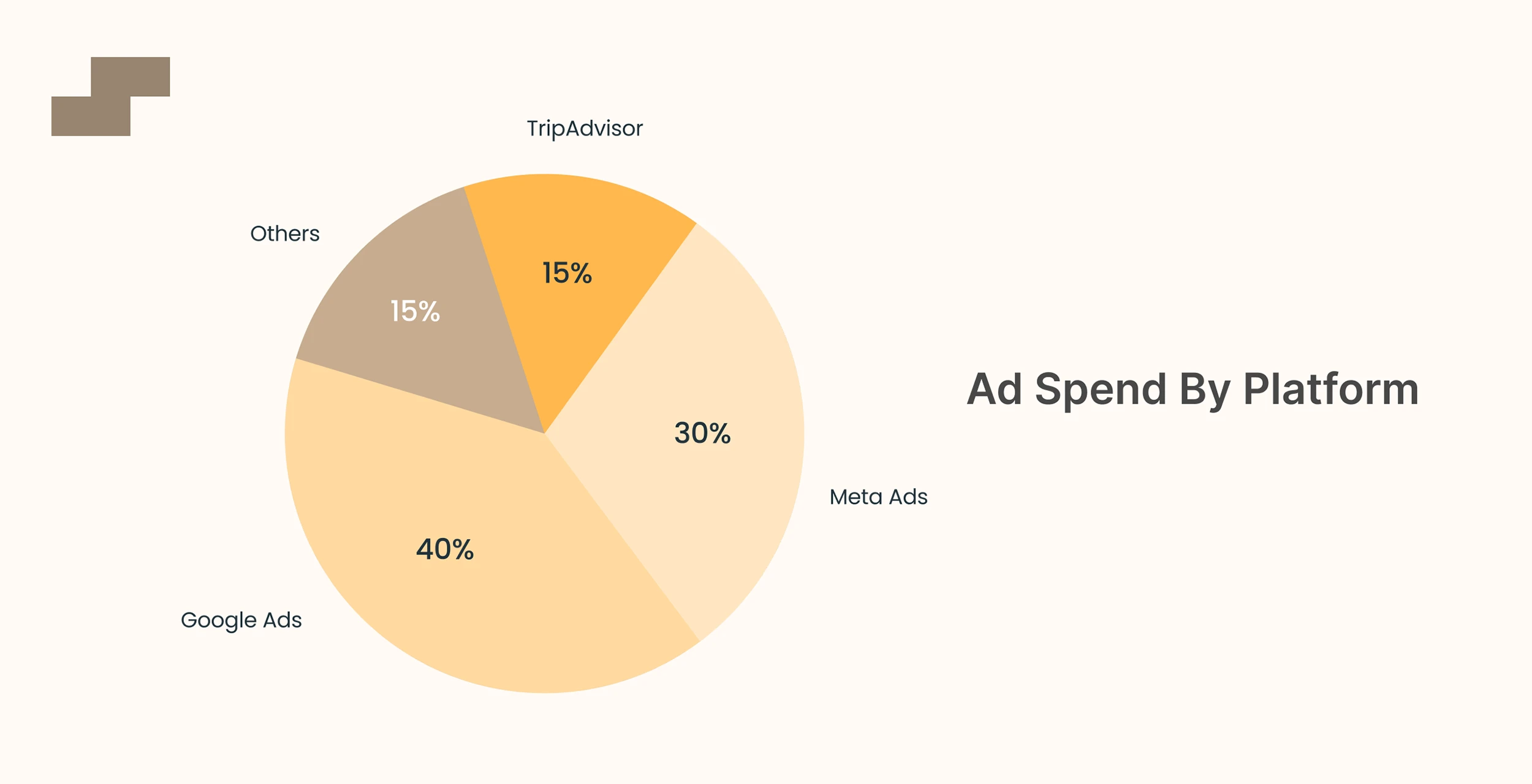
6. Website traffic & conversion rate
- What it is: The number of users visiting your hotel website and the percentage that completes a booking.
- Why it matters: Your hotel’s website is a 24/7 storefront. A high volume of traffic with a low conversion rate suggests poor UX or irrelevant messaging. Enhancing landing pages and CTAs can boost conversions. Great website traffic without conversions means wasted spend.
- Optimization tips:
- Improve UX and loading speed
- Use conversion tracking on booking buttons
- Invest in remarketing to bring back abandoned visitors
- Improve UX and loading speed
7. Revenue Generation Index (RGI)
- What it is: Compares your hotel’s RevPAR to competitors.
- Why it matters: RGI helps you assess if you’re gaining or losing market share. A low RGI might indicate aggressive pricing by rivals or weak brand appeal. A value above 1.0 means you’re outperforming your comp set.
- Action step: Combine RGI insights with campaign analytics to fine-tune your marketing and hospitality positioning.
8. Digital engagement metrics
- What it is: Likes, shares, comments, open rates, click-throughs, and video views.
- Why it matters: These are leading indicators of brand awareness and intent. High engagement often precedes increased bookings.
- How to leverage: Engagement shows how well your content resonates with potential guests. Consistent storytelling across channels builds trust and drives return visits. Use engagement data to refine ad creatives, email subject lines, and content formats.
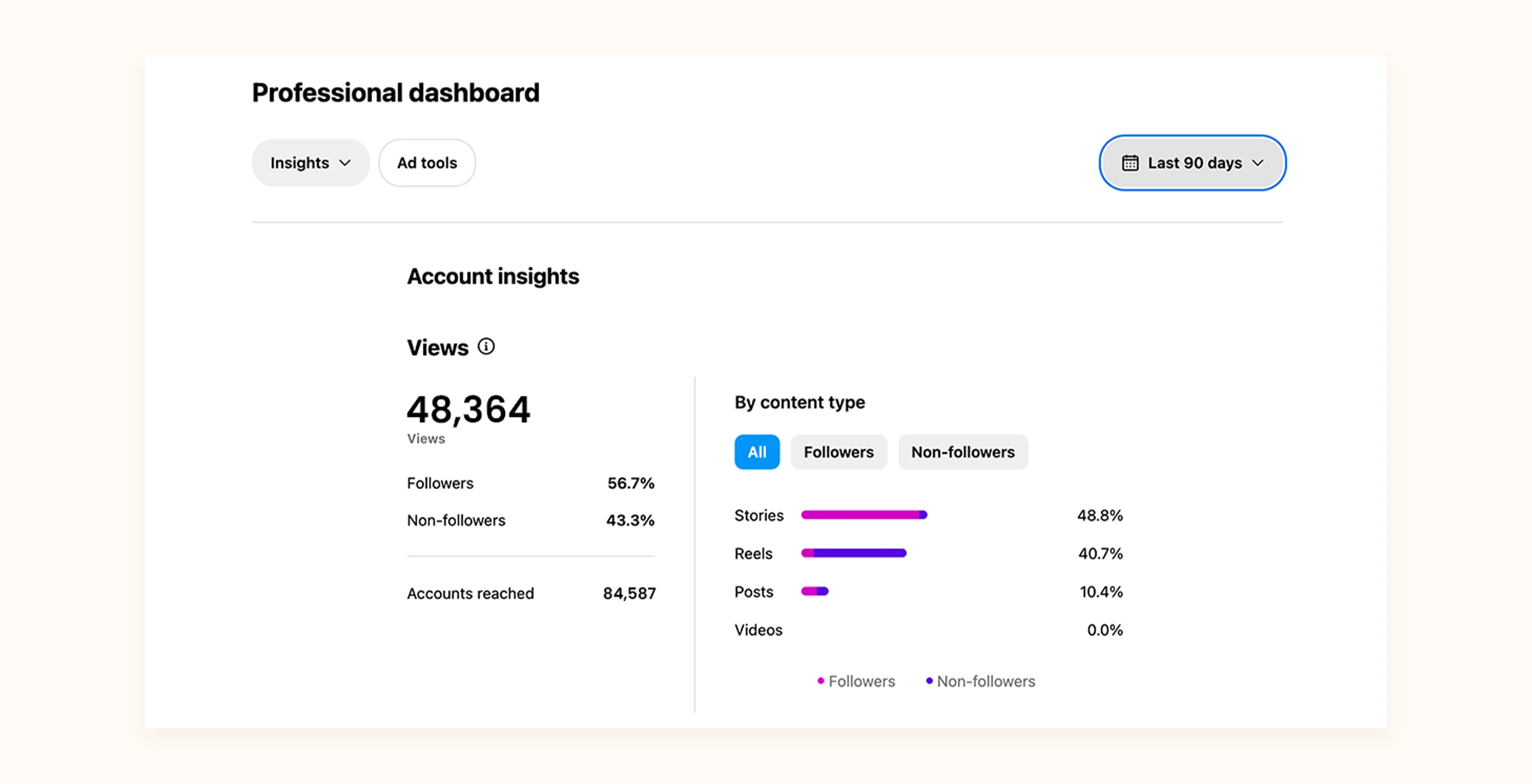
Tools to track ROI in hotel marketing
Tracking ROI manually isn’t scalable. Use the following tools to automate measurement and gain richer insights:
- Google Analytics 4 (GA4): Track website behaviour, goal conversions, and revenue attribution.
- Hotel CRM systems (e.g., Revinate, Guestline): Monitor guest interactions and personalize campaigns.
- Social media insights: Get detailed data from Facebook Business Manager, Instagram Insights, and LinkedIn Analytics.
- Ad platforms: Use Google Ads and Meta Ad Manager to track ROAS by campaign and audience.
- Revenue management software: Combine pricing and marketing data to maximize RevPAR and ROI.
Best practices to maximize marketing ROI
1. Invest in attribution models
Multi-touch attribution helps understand which campaign or touchpoint led to a booking. This is crucial in long sales cycles where guests interact with multiple channels.
2. Work with a specialized hotel marketing agency
A hotel marketing agency brings expertise in the hospitality landscape, data analytics, and omnichannel strategies. They also help scale campaigns faster while maintaining high ROAS.
Anchor Text Suggestion: Talk to a hotel marketing agency about your ROI goals
3. Continuously test and optimize
Use A/B testing for:
- Ad creatives
- Landing pages
- Subject lines
- Promotional offers
Incremental improvements can significantly increase ROI over time.
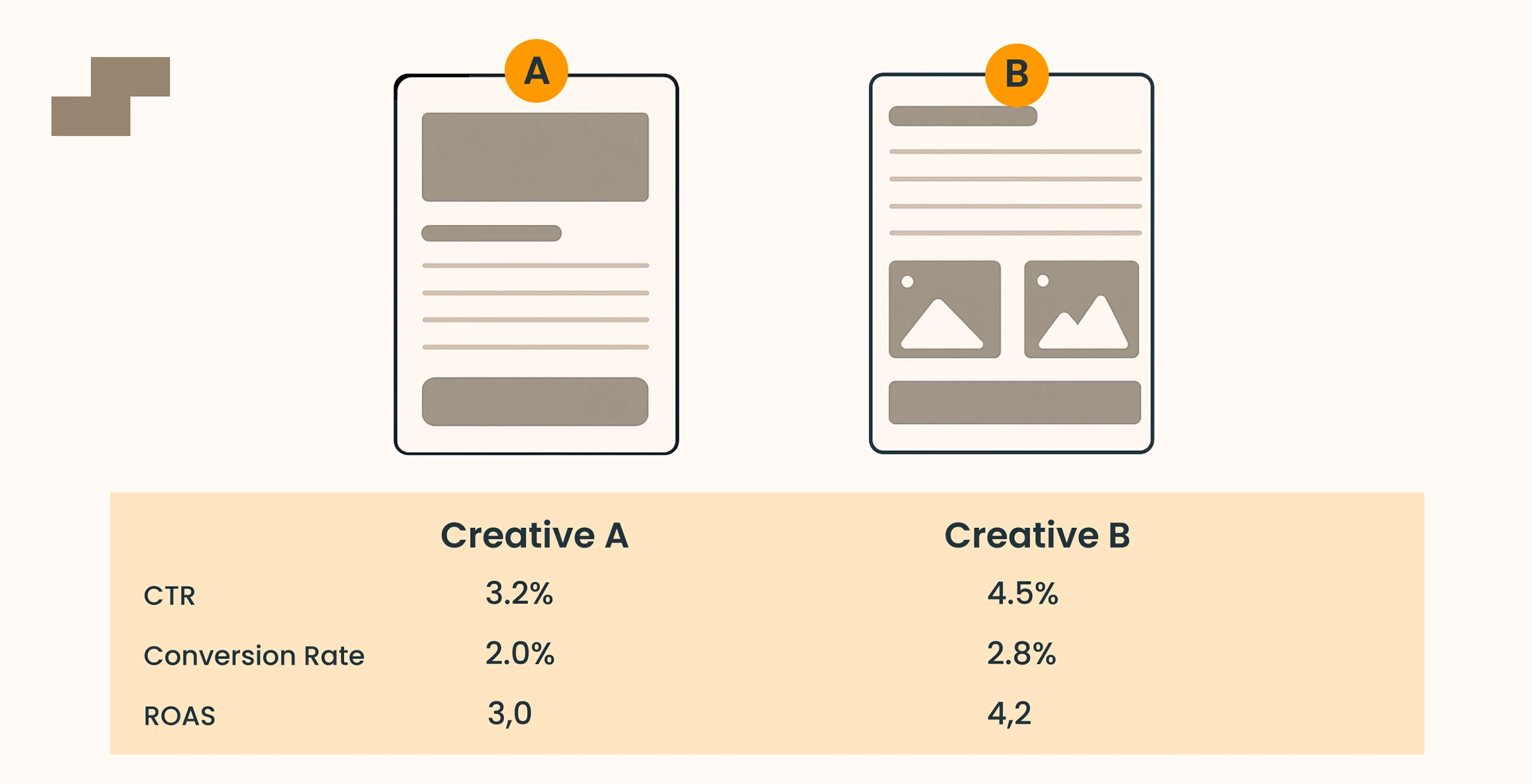
Turning data into strategy
Numbers alone won’t drive results. The real value lies in converting insights into decisions:
- Invest more in campaigns that boost direct bookings
- Cut back on underperforming platforms
- Use segmentation to target high-LTV (lifetime value) guests
- Test different offers by channel (e.g., email vs. PPC)
Conclusion: Build a smarter, more profitable marketing plan
In today’s data-rich, competitive environment, measuring marketing and ROI is a must, not a nice-to-have. Whether you’re launching social campaigns, building loyalty through email, or optimizing your booking engine, every marketing decision should be backed by metrics that matter.
With the right KPIs, tools, and partner support, such as from a trusted hotel marketing agency, you can make smarter investments and consistently deliver measurable returns. Knowing how to calculate marketing ROI ensures you’re building a sustainable, high-impact digital marketing strategy for hotels that fuels long-term growth.
In 2025 and beyond, data is your most valuable marketing asset. Use it wisely.
Ready to turn marketing data into bookings? Build campaigns that convert and scale with confidence.





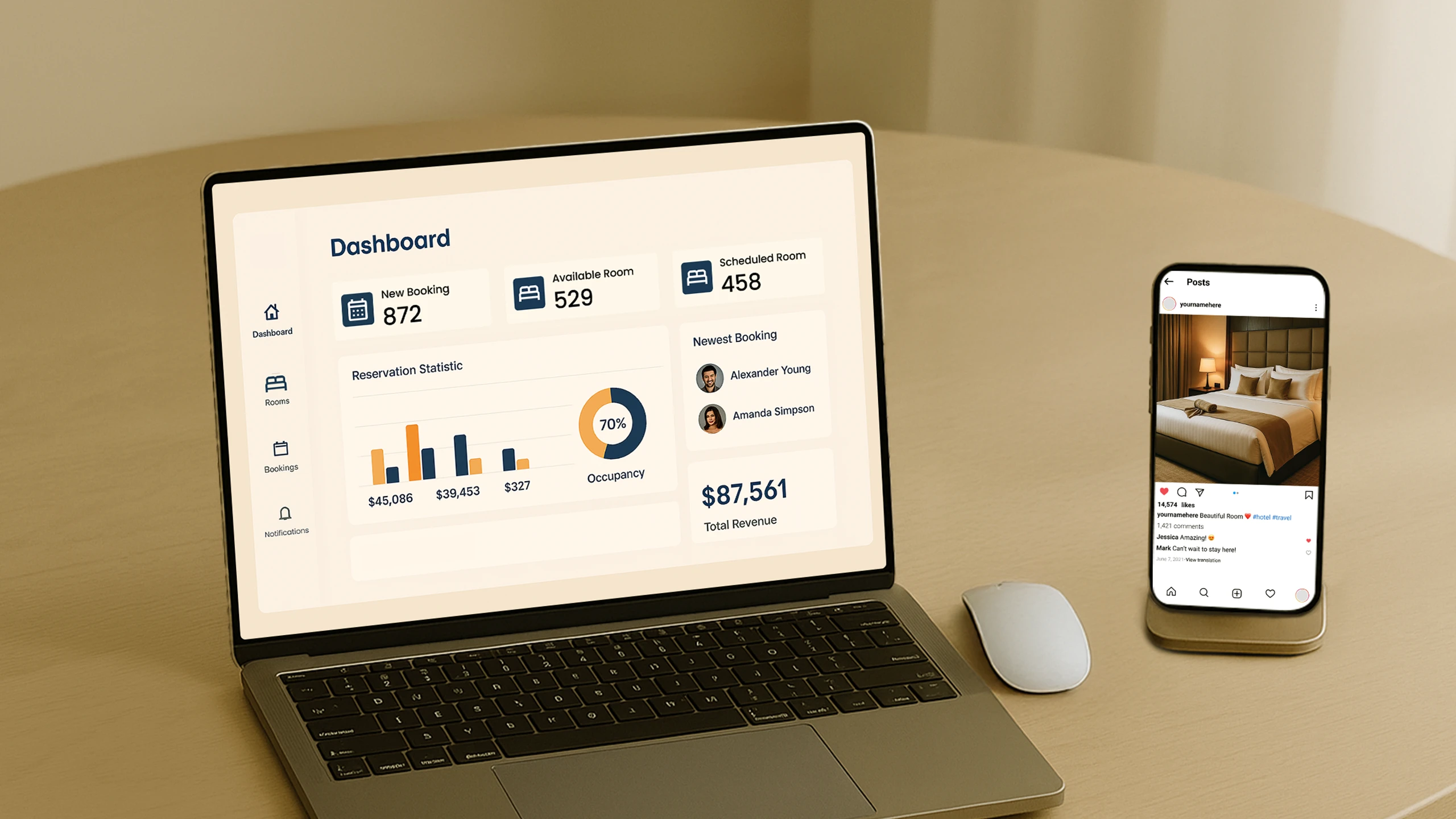
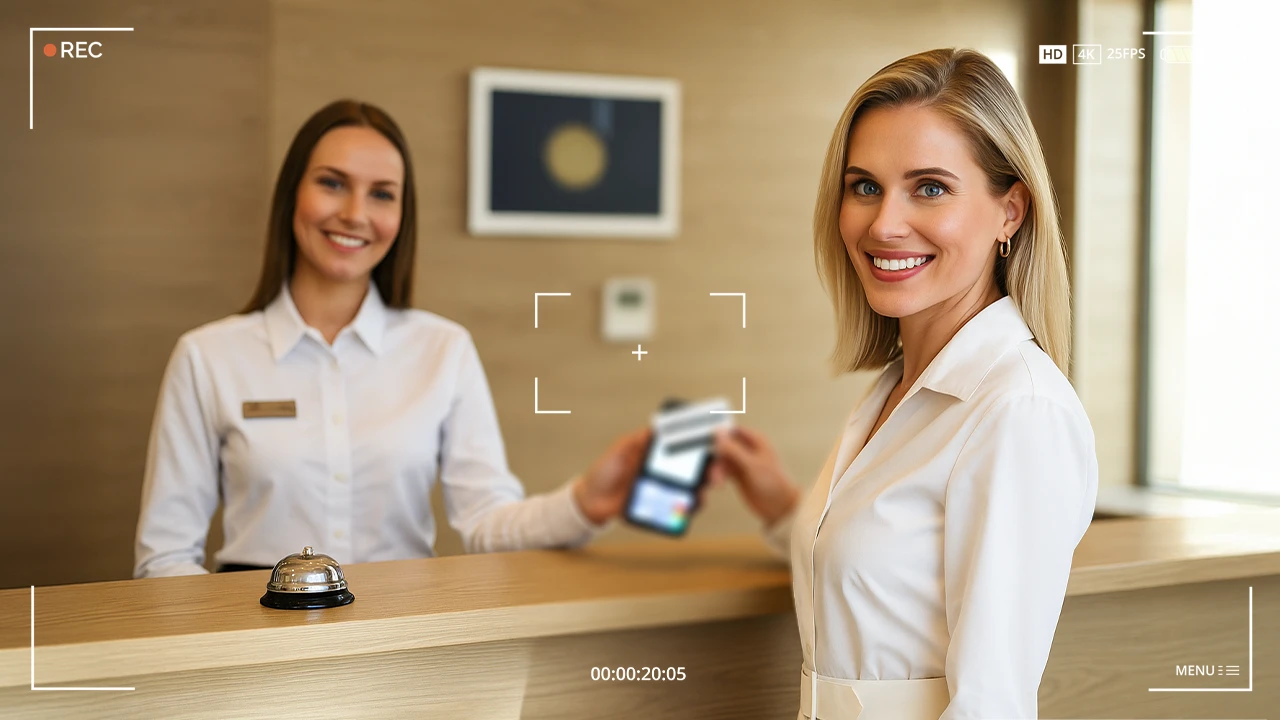

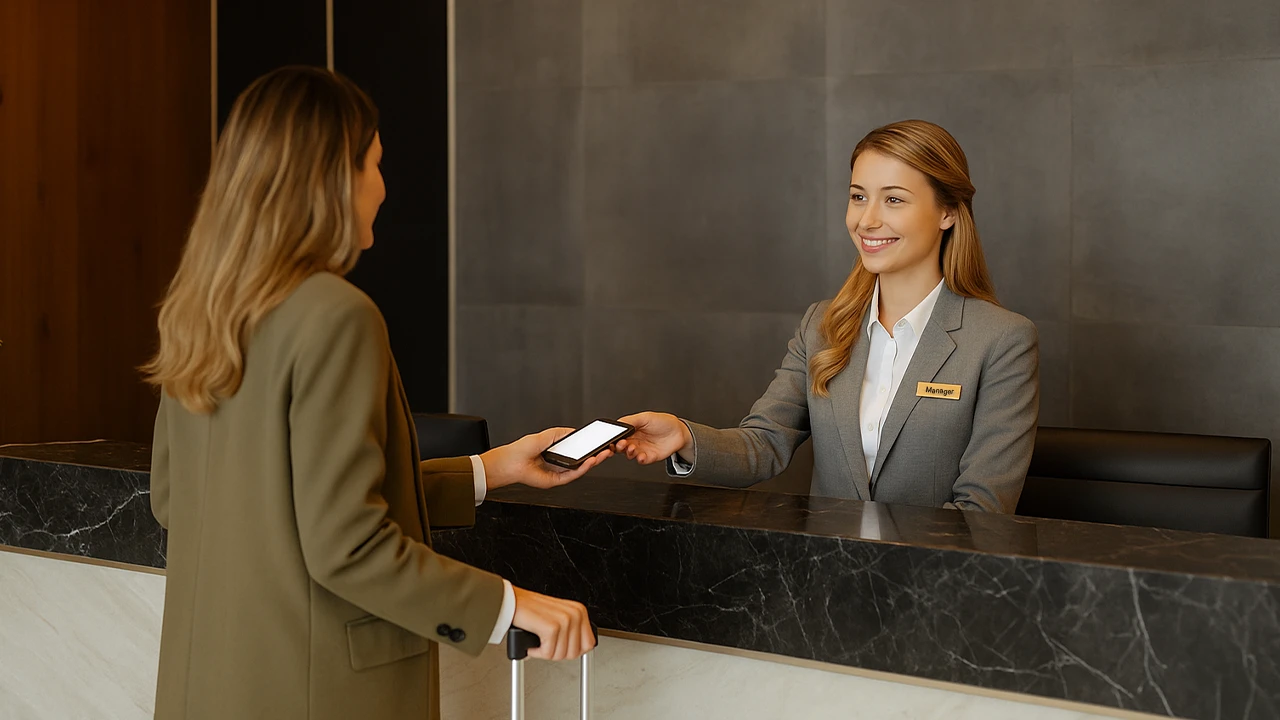


Great information!